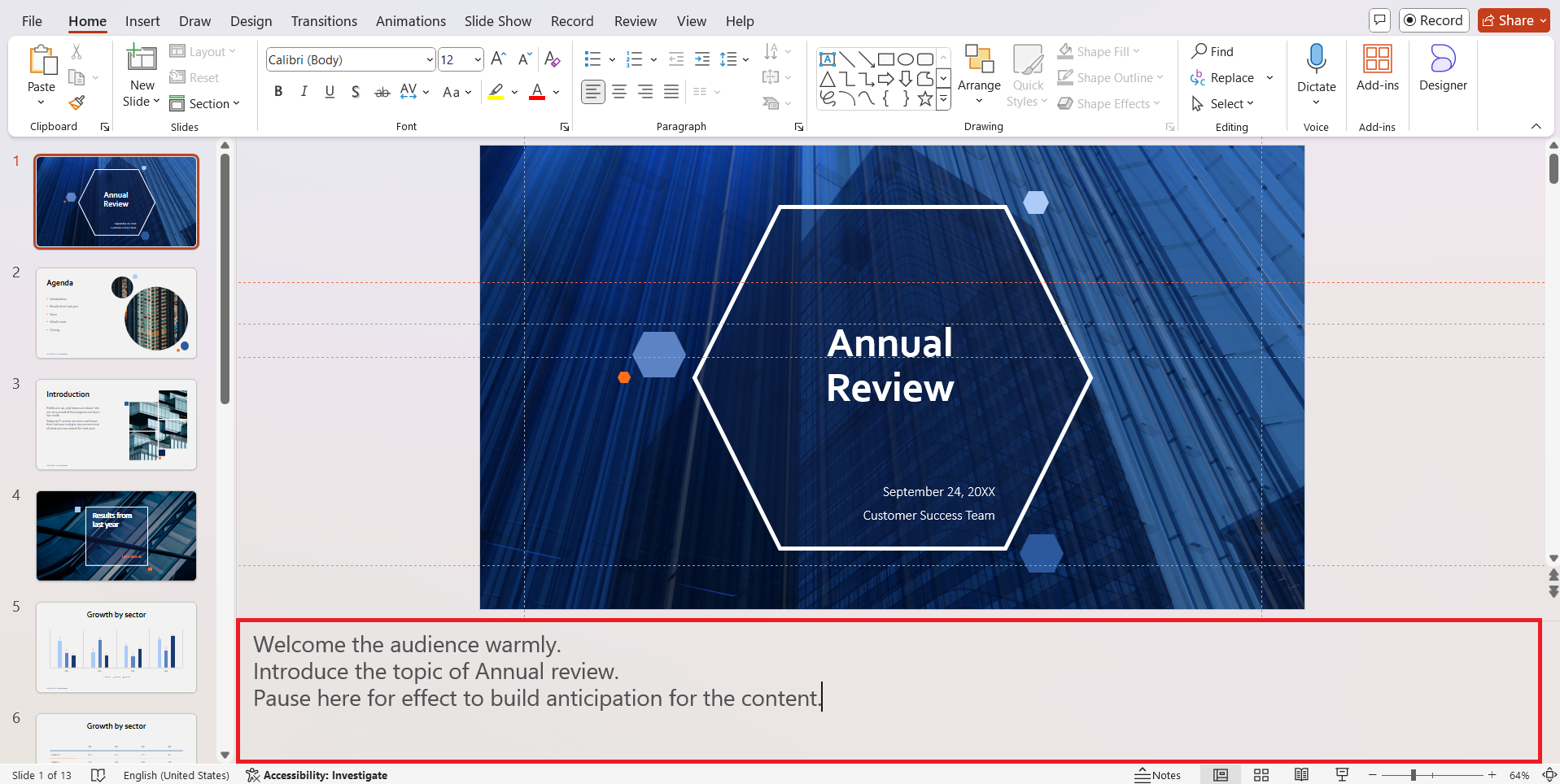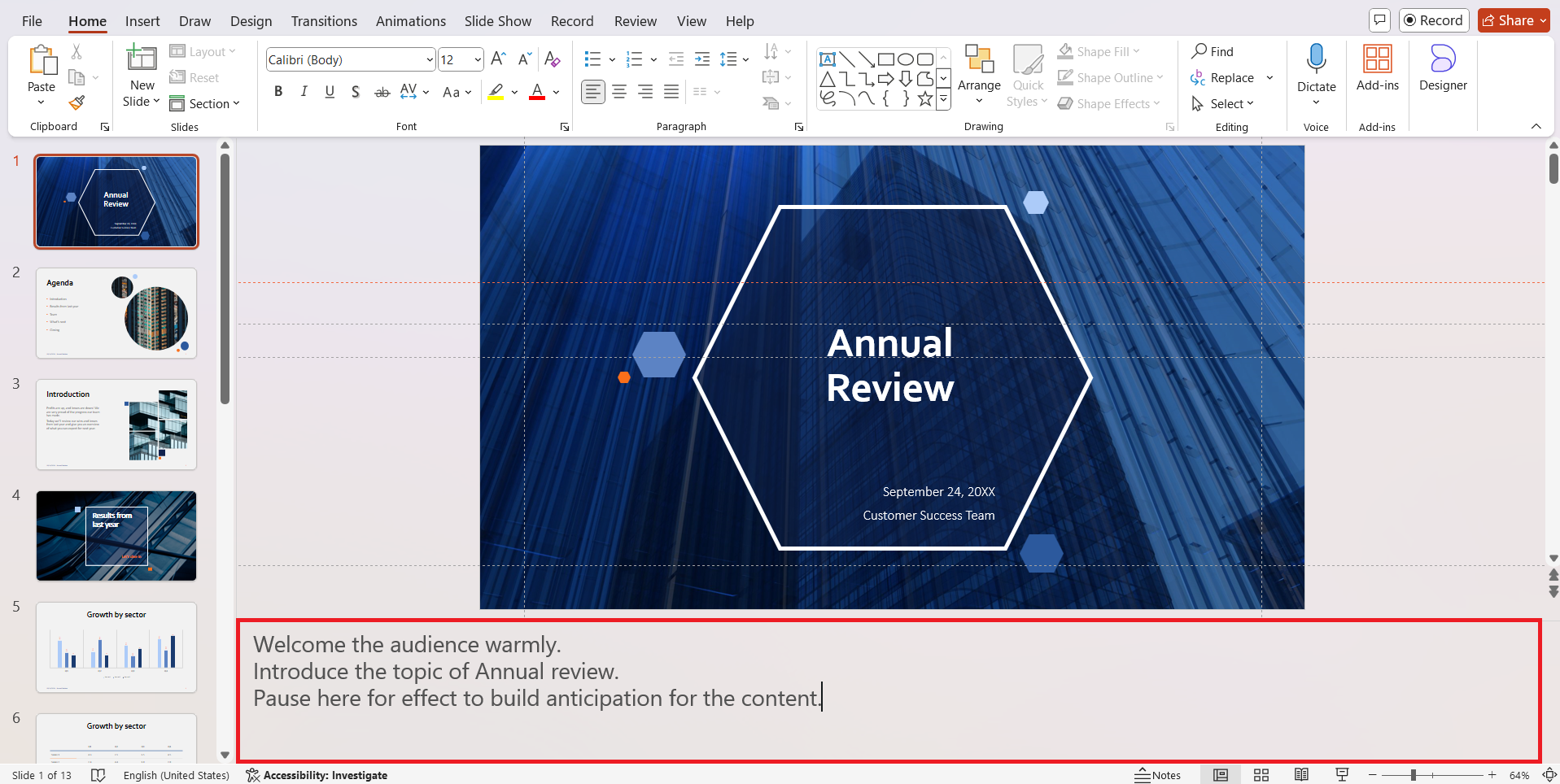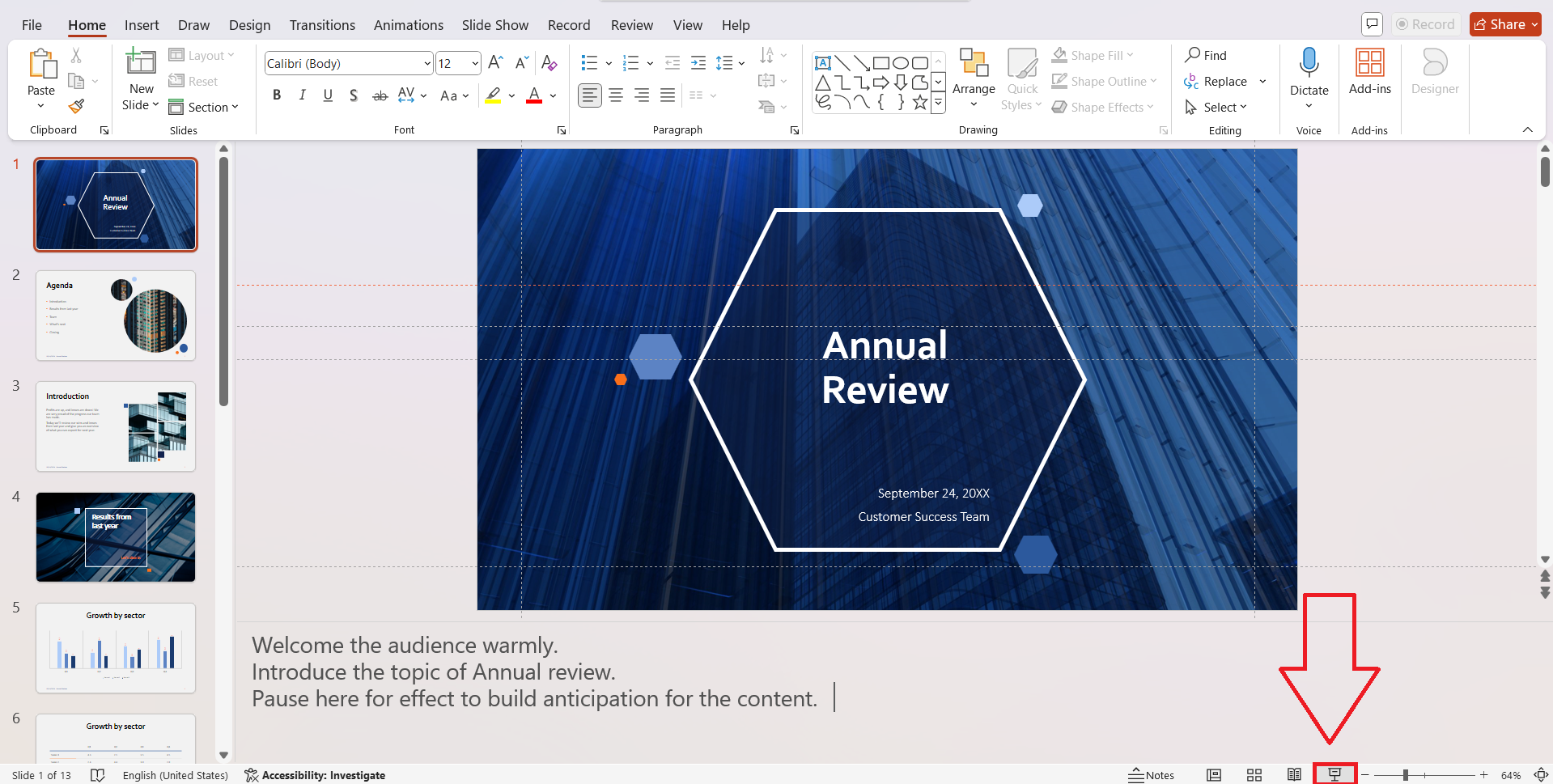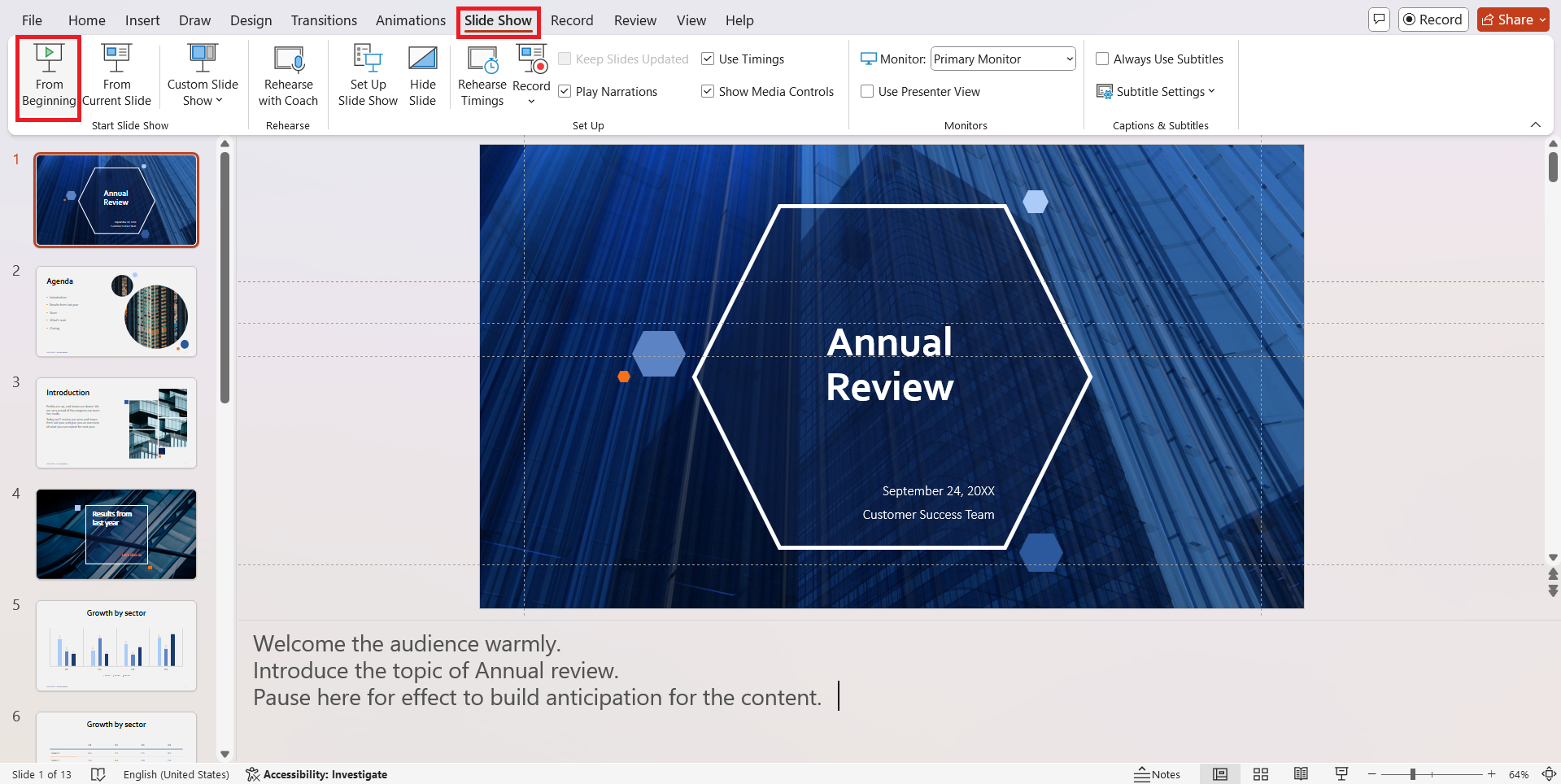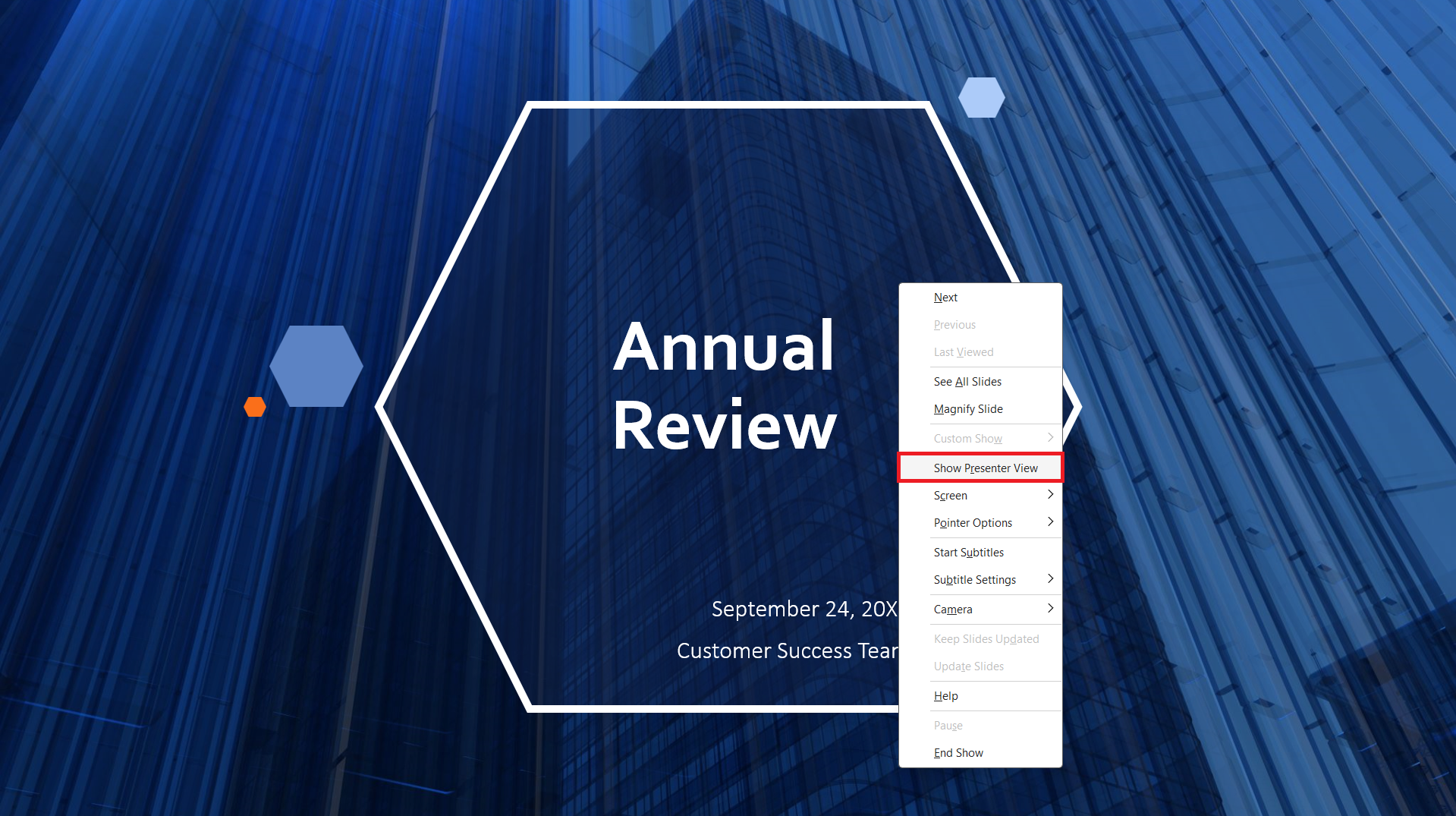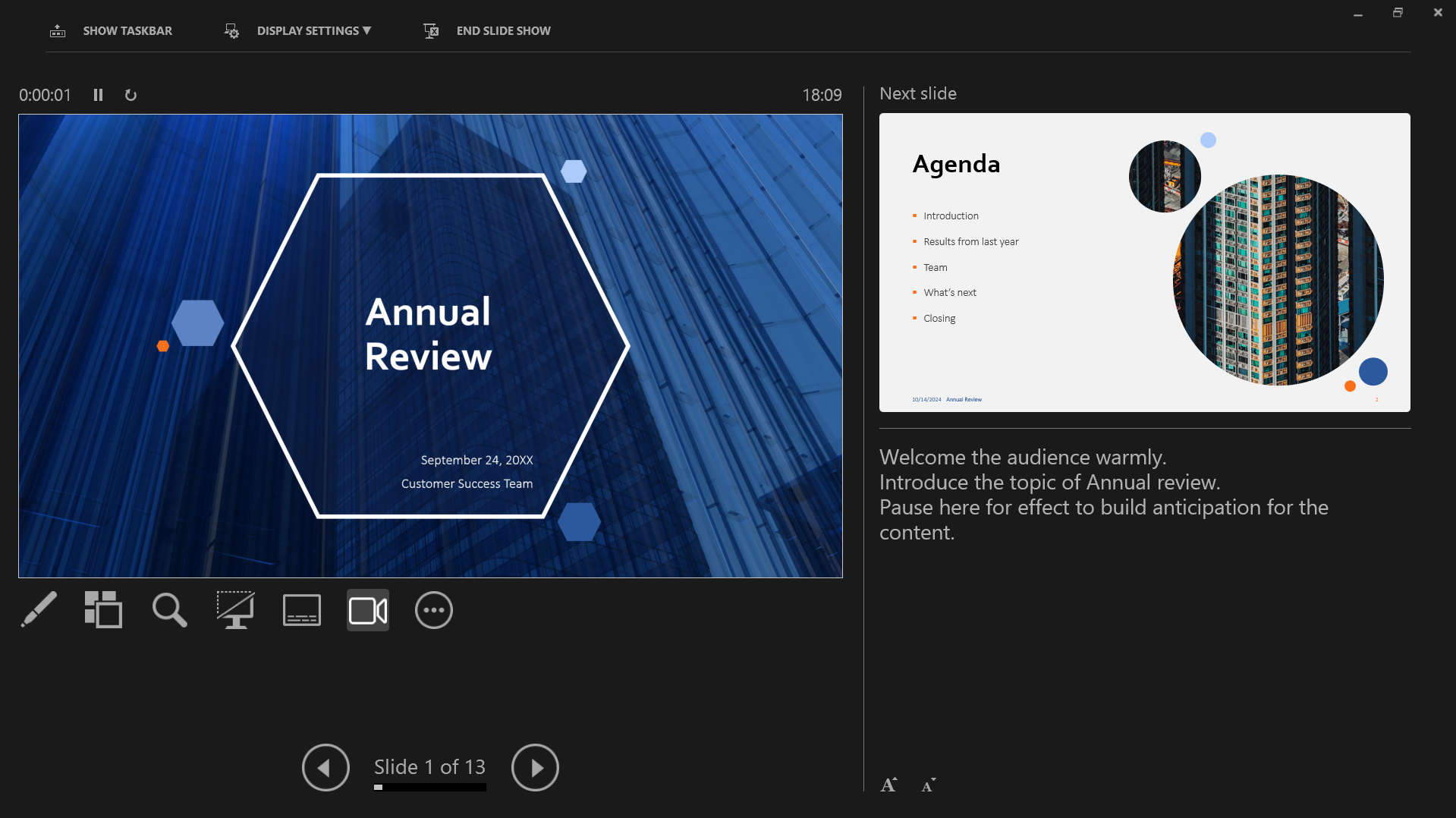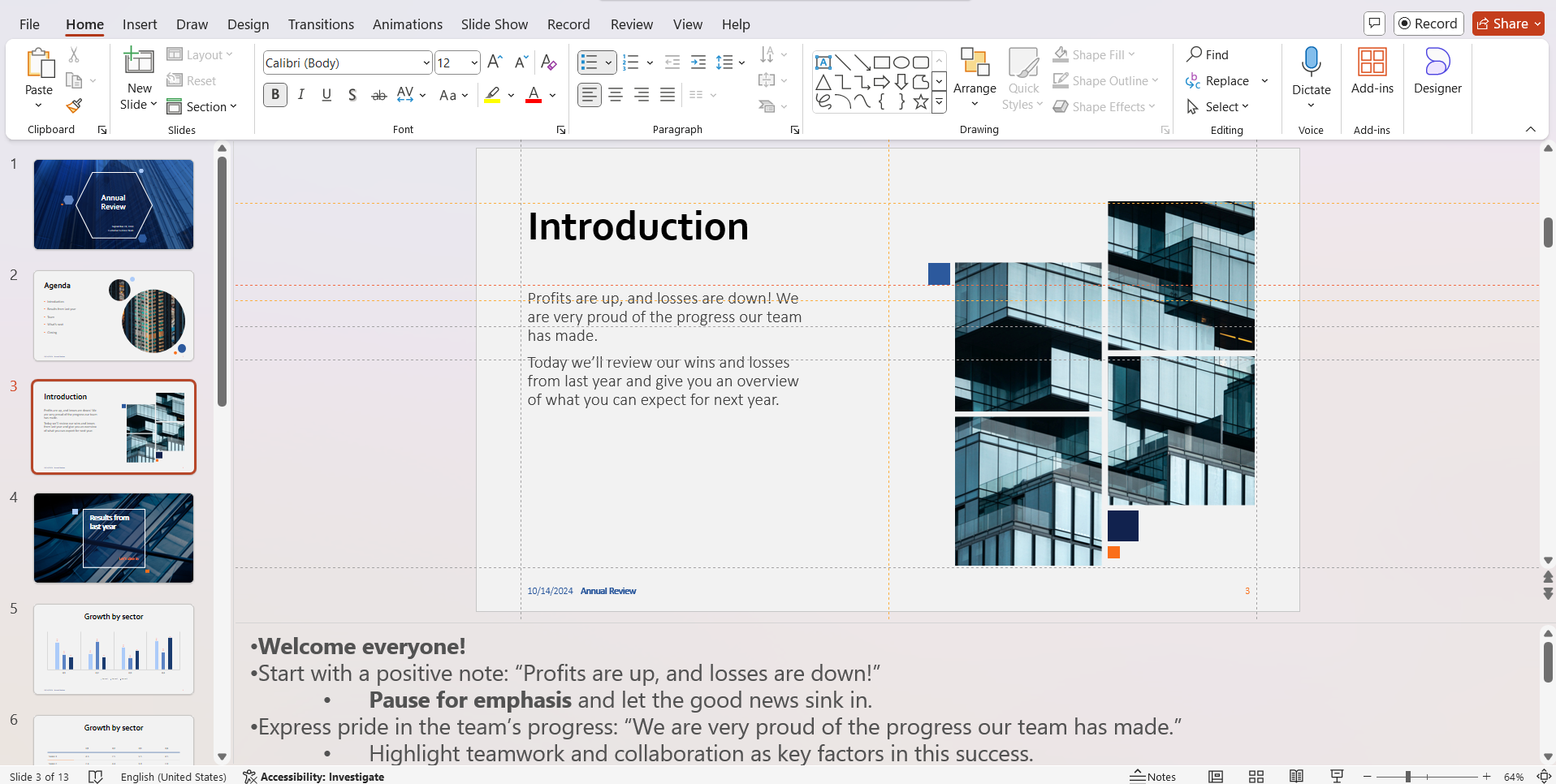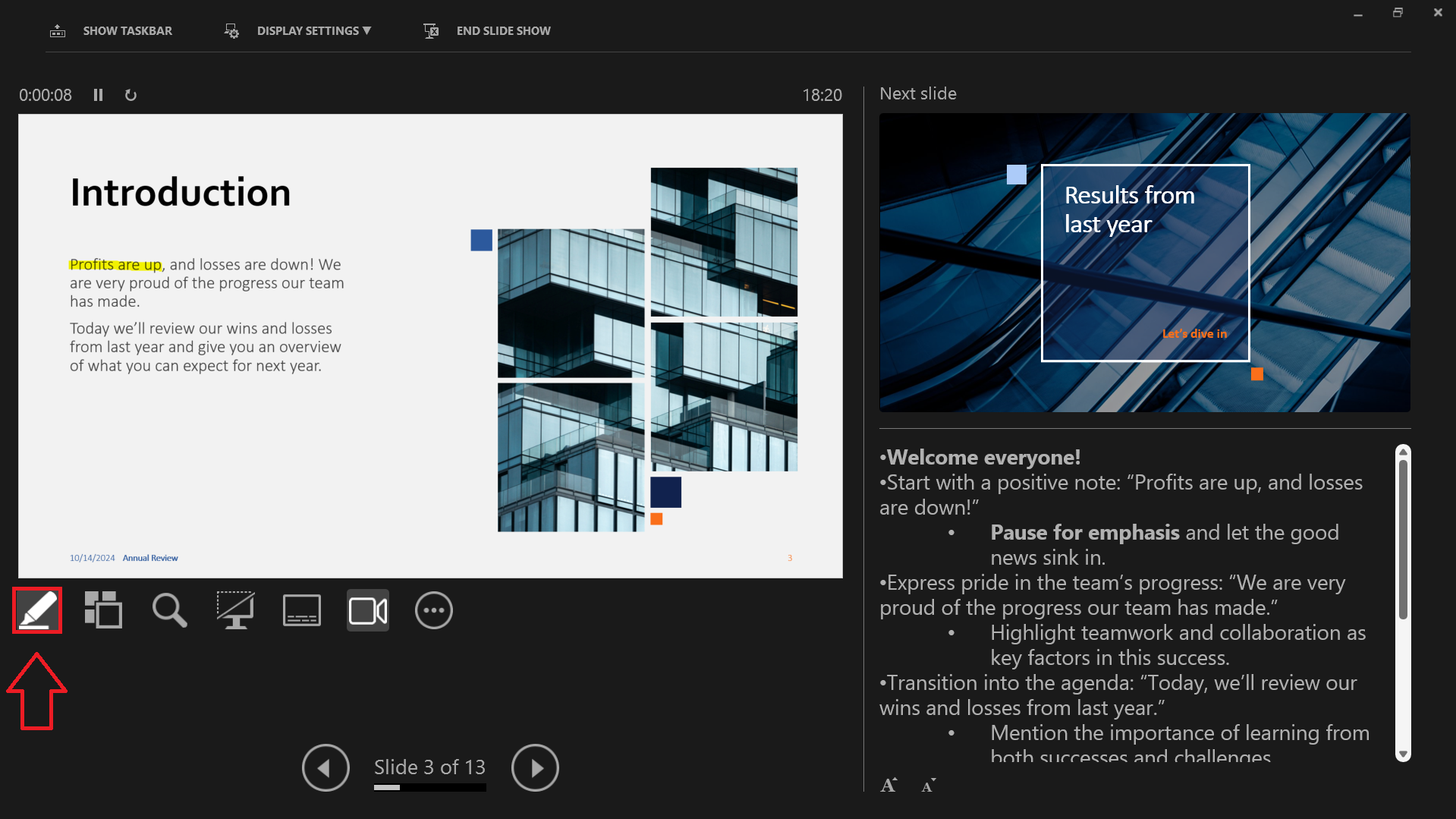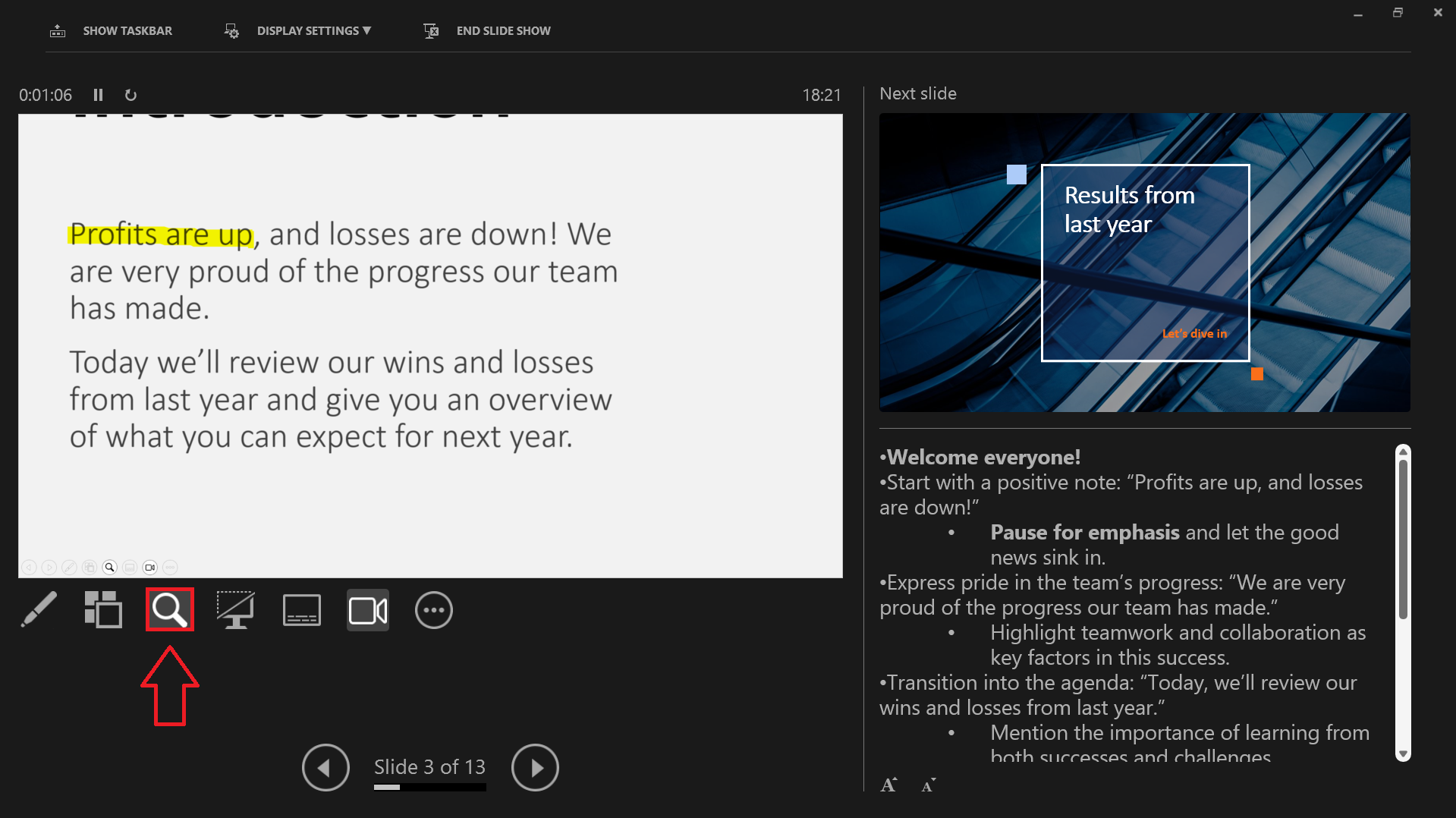When I’m preparing a PowerPoint presentation, having quick access to my notes is essential. Using the “View Notes” feature in PowerPoint helps me stay organized and ensures I cover all the important points during my presentation. Let me show you how I use this feature to keep everything on track.
Key Takeaways:
- Use “View Notes” to keep your presentation organized and cover key points.
- Trainer notes help me stay on track without overwhelming the audience with text.
- Presenter View allows me to see notes while presenting, without the audience noticing.
- Formatting speaker notes effectively improves clarity and flow during presentations.
- PowerPoint’s presenter controls ensure smooth transitions and keep me focused on delivery.
Table of Contents
Introduction to Effortless Presenting
The Role of Presenter Notes in PowerPoint Slides
As a seasoned presenter, I’ve always found it incredibly useful to integrate presenter notes into PowerPoint slides. These handy annotations serve a multitude of purposes, from being an invisible crutch that lends me support while I speak to an audience, to being the silent partner that holds extra information—data points, anecdotes, and more nuanced explanations.
Essentially, they act as my script without being visible to the audience, allowing me to deliver a polished and uninterrupted narrative flow. Notes can also include body language prompts, reminding me to maintain eye contact or vary my voice to emphasize key takeaways.
With these cues, I don’t just inform; I captivate and connect with my audience.
Understanding Trainer Notes in PowerPoint
What Are Trainer Notes?
Trainer notes in PowerPoint are akin to a hidden treasure trove, specifically crafted for the presenter’s eyes. These notes – invisible to the audience – are a reservoir of additional information, instructions, or reminders that assist me as the presenter during a slideshow.
Imagine having a virtual assistant, whispering pointers and critical information directly to you, ensuring you cover all the essential elements of your presentation without the audience ever knowing.
Trainer notes can be as detailed as a script or as succinct as bullet points reminding me of anecdotes, data, and questions I intend to ask the audience. This tool empowers trainers and educators to deliver content-rich, engaging sessions without the overload of memorizing every detail or cluttering the slides with excessive text.
The Purpose and Benefits of Using Trainer Notes
Trainer notes serve an indispensable purpose: they are the compass that guides educators and presenters through the vast sea of their content. Their primary aim is to ensure that I, as a presenter, stay on track with the intended structure and flow of the presentation. By providing context, reminders, and additional information, these notes enhance the delivery of my message, making it more resonant and impactful.
The benefits are far-reaching. Trainer notes help me keep my poise, especially during complex discussions, by providing quick references. They also foster confidence as I know I have all the necessary cues at my disposal if I happen to lose my train of thought momentarily.
Another noteworthy benefit is the improvement of time management, as these notes can include timing cues to help me balance my presentation. Lastly, they enrich the learning experience for the audience, as I can seamlessly integrate stories, statistics, and other enrichments without appearing to read from a prepared script.
How to View Notes in PowerPoint Slides
STEP 1: To begin transforming a routine PowerPoint presentation into a dynamic and effective communication tool, accessing Normal View is my first step. In this view I found the “Presenter’s Notes” below the slide. This is the default view of the PowerPoint presentation.
STEP 2: Activate the “Slide Show” view: This view in PowerPoint allows you to present your slides in full screen, providing a professional and immersive experience while enabling smooth transitions and animations.
Click on the “Slide Show” icon at the bottom toolbar.
Or, Go to “Slide Show” from the ribbon and click on “From Beginning” under “Start Slide Show” group.
Or, Click on “F5” key on your keyboard to start the “Slide Show” presentation from the beginning.
STEP 3: Activating ‘Show Presenter View’
Once I’m set in Slide Show View Mode, the next critical action is activating the ‘Show Presenter View’. This is achieved by starting the slideshow, which brings my presentation to life.
With a simple right-click on the current slide and a click on ‘Show Presenter View‘, the screen transforms into my personal dashboard.
Immediately, my view is split: the audience sees only the slides, while I face the luxury of my speaker notes, a preview of the next slide, timers, and more—all designed to keep the presentation running like clockwork.
This feature is a game-changer because it allows me to glance at notes and upcoming slides discreetly, maintaining an unhindered connection with my audience. It’s like having a teleprompter that only I can see, ensuring that I’m always a step ahead in my delivery.
Formatting Tips for Creating Effective Speaker Notes
Creating effective speaker notes is an art, and formatting plays a crucial role in ensuring they serve their purpose at a glance. I keep my notes concise and readable—using bullet points or short phrases that trigger fuller thoughts or narratives.
A good practice is to highlight or bold key terms for easy spotting. It’s also wise to include line breaks between different thoughts to reduce cognitive load.
Additionally, I sometimes incorporate different colors or fonts to categorize information or designate importance, making it simple to distinguish a story from a statistic, for example. When necessary, I’ll write out an exact quote or phrase that’s pivotal to the message.
These formatting strategies ensure my notes are invaluable prompts rather than cluttered scripts that can distract more than assist.
Mastering Presenter View
How to Navigate Controls in Presenter View
Navigating controls in Presenter View feels like having an unseen command center at my fingertips. To transition between slides, I use the straightforward arrow keys or the on-screen arrows next to the slide number. This approach allows me to advance or reverse slides seamlessly without fumbling.
Should I need to pause or reset the timer for any reason, it’s as simple as clicking the pause button or reset button in the upper left corner. It’s a discreet yet powerful tool to manage my pacing throughout the presentation.
Furthermore, I can dynamically engage with the content by selecting the pen or highlighter from the annotations menu, drawing interest to specific areas on the slide in real time.
Additionally, the magnifying glass icon is there to zoom in on details, and the screen icon can make the screen go black, drawing the audience’s attention directly back to me.
With these intuitive controls, I command the presentation domain, unshackled from any potential technical snags that could impede the flow of information.
FAQ Section
How do I add speaker notes in PowerPoint?
To add speaker notes in PowerPoint, click on the slide you wish to annotate, then click on ‘Notes’ at the bottom of the workspace to open the notes pane. Type your notes directly into the text box. Remember to save your presentation to retain the added notes.
Can my audience see the trainer’s notes during the presentation?
No, your audience cannot see the trainer’s notes during the presentation as they are hidden during the slideshow. Only the presenter can view them, typically on a separate monitor in Presenter View.
How can I view my presenter notes while presenting without showing them to the audience?
To view presenter notes without showing them to the audience, use PowerPoint’s ‘Presenter View’. Start your slideshow, right-click the slide, and choose ‘Show Presenter View’. Your notes will be visible to you, but not to the audience.
Is it possible to format text and add images in trainer notes?
Yes, you can format text in trainer notes by using keyboard shortcuts for bold, italics, and underlining. However, adding images directly into the notes isn’t supported in PowerPoint at this time.
What should I include in my PowerPoint speaker notes?
Include key points, statistics, anecdotes, and prompts in your PowerPoint speaker notes. They should offer guidance without being overly detailed, enabling you to deliver a clear and concise presentation.
John Michaloudis is a former accountant and finance analyst at General Electric, a Microsoft MVP since 2020, an Amazon #1 bestselling author of 4 Microsoft Excel books and teacher of Microsoft Excel & Office over at his flagship MyExcelOnline Academy Online Course.

